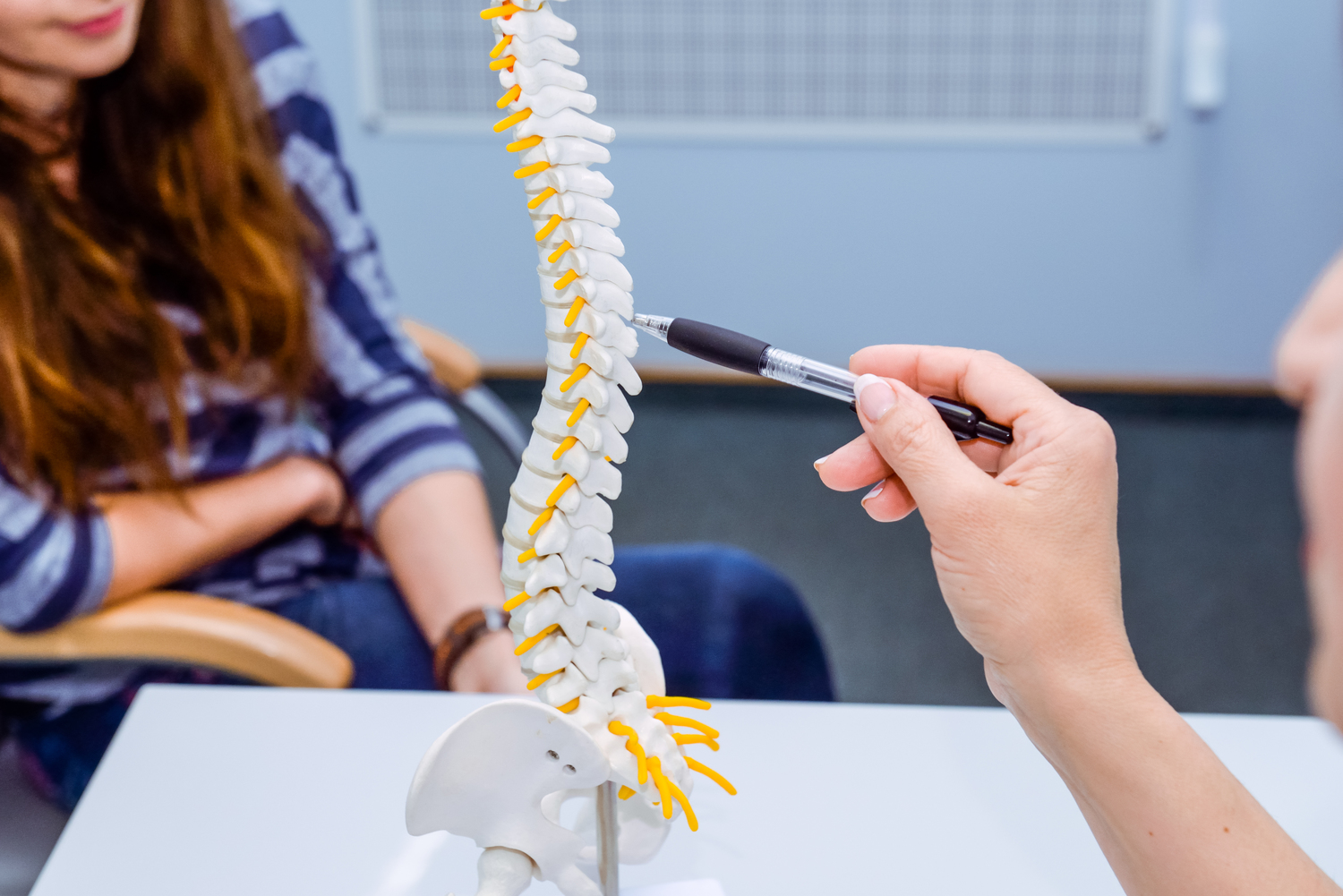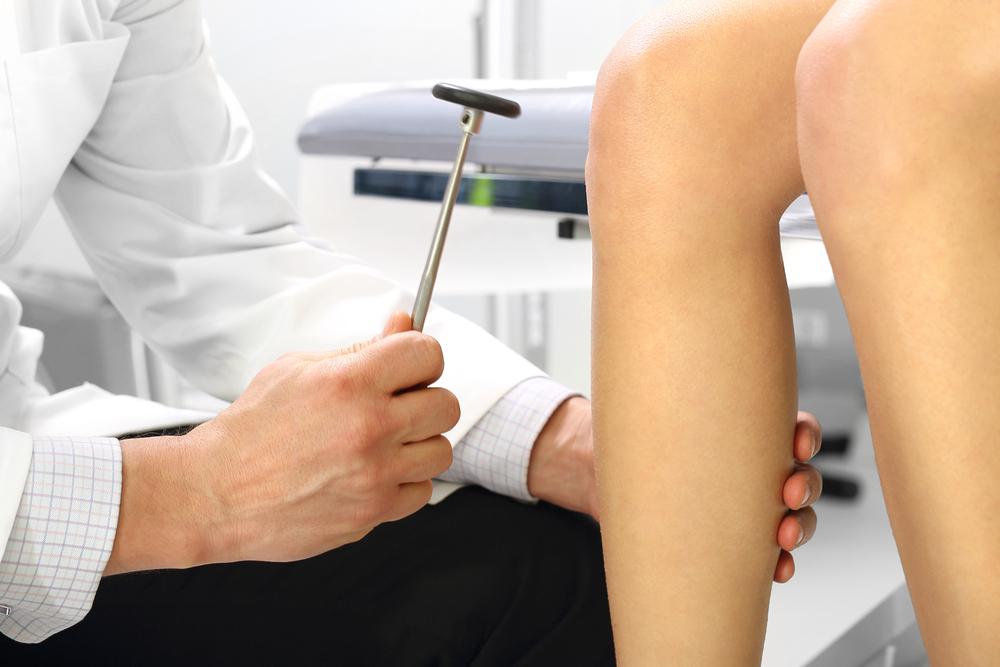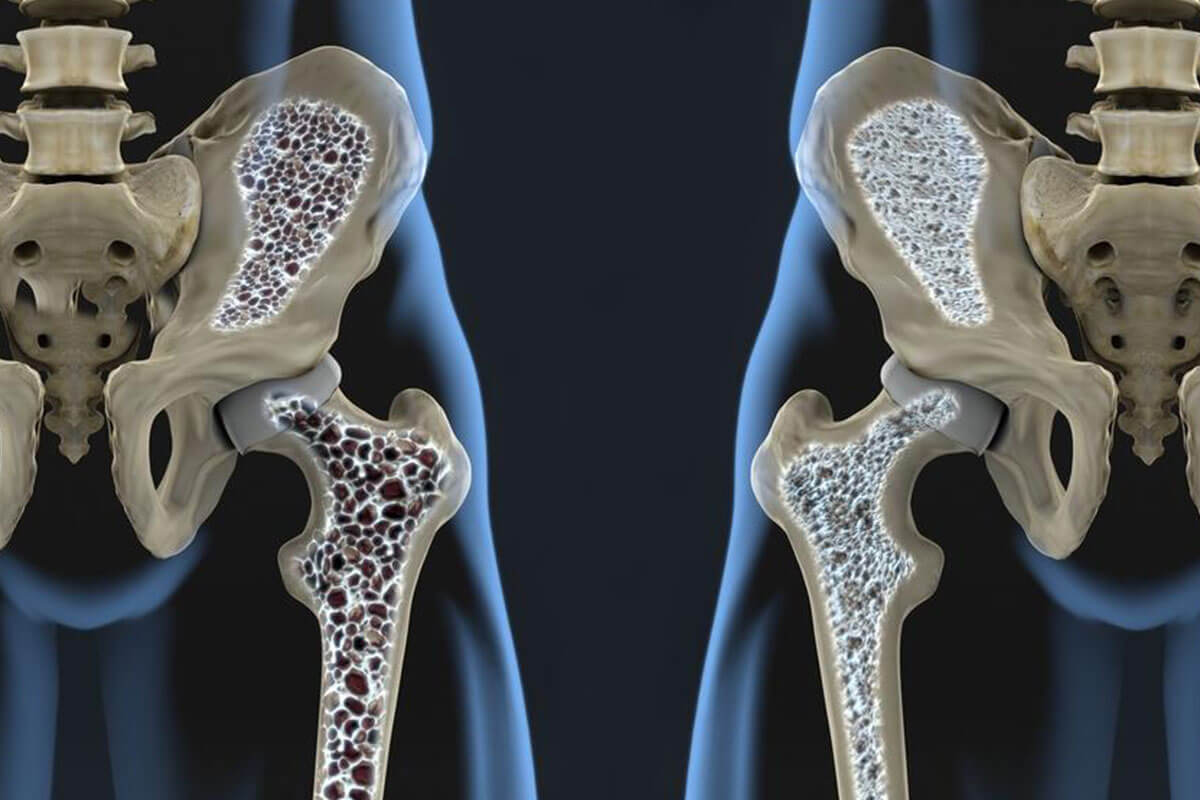Top 5 Health Conditions That Contribute to Osteoporosis Bone Loss
Discover the top five medical conditions that can lead to osteoporosis bone loss. This article explores how autoimmune diseases, diabetes, medication use, and thyroid issues contribute to weakening bones. It emphasizes early detection, risk factors, and preventive strategies to maintain bone health and reduce fracture risks. Understanding these links helps in proactive management and healthier aging.

Top 5 Health Issues Leading to Osteoporotic Bone Loss
Certain medical conditions are closely associated with the development of osteoporosis, resulting in weakened bones. Understanding these conditions helps in early detection and prevention.
Bone tissue is dynamic, constantly renewing itself. When breakdown surpasses rebuilding, bones become fragile and prone to fractures—a hallmark of osteoporosis. This condition is more prevalent among women worldwide, especially among older white and Asian women. While everyone can be affected, women in their postmenopausal years are most vulnerable.
In advanced stages, osteoporosis often leads to fractures, especially in the spine, hips, and wrists. Even routine activities like bending or stepping can cause breaks. Early osteoporosis shows no symptoms, but later signs include height loss, back pain, and stooped posture. A bone density test helps confirm diagnosis and assess bone loss severity.
Risk factors include body size, age, genetics, ethnicity, inactivity, gender, and eating habits. Treatment combines medication, lifestyle changes, and diet adjustments based on individual risk levels. But what triggers these bone-depleting processes? While there's no single cause, certain medical conditions and their treatments contribute significantly. These include:
Rheumatoid Arthritis and Lupus
These autoimmune diseases cause the immune system to attack healthy tissues, including bones. With around three million affected adults in the U.S., lupus is especially problematic for women aged 15 to 45—the peak bone-building years. Dr. Beatrice Edwards of Northwestern University notes, “Anything impairing bone growth during these years increases osteoporosis risk.” Both RA and lupus can accelerate bone loss.
Diabetes
In type 1 diabetes, inadequate bone development has been linked to high blood sugar levels, possibly hindering bone formation. Since this form usually starts in childhood, individuals may never reach optimal peak bone mass, heightening osteoporosis risk.
Asthma
While asthma itself doesn't cause bone loss, medications like corticosteroids used for treatment can. These drugs effectively control symptoms but have side effects, including reduced bone strength.
Hyperthyroidism
Overactive thyroid increases bone remodeling cycles, which are less efficient with age. Dr. Edwards explains that after age 30, excessive cycles lead to net bone loss, raising osteoporosis risk.
Other related conditions include multiple sclerosis and celiac disease. Recognizing these links enables early intervention, such as vitamin D supplements and lifestyle modifications, to promote healthy bones.










